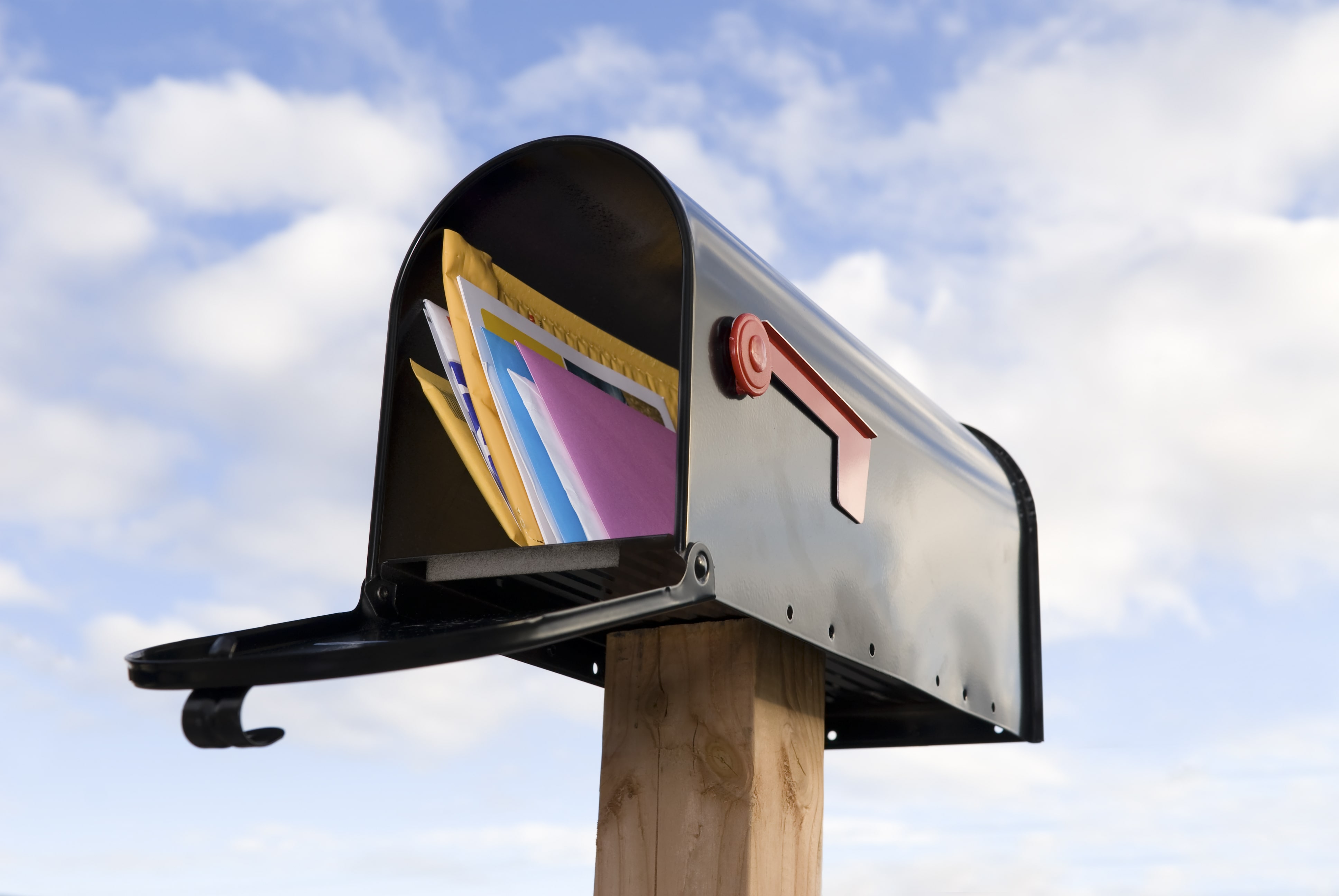Welcome to farming.cards! farming.cards is a print and mail solution for real estate professionals across North America. We provide the real estate community with access to wonderful templates, public record databases and a great system that allows agents to send direct mail easily and affordably.
We are majority owned by the ADHI Company - a holding company for real estate related ventures.
These Terms of Use govern your use of our service. As used in these Terms of Use, "our service" or "the service" means the service provided by farming.cards for creating and sending direct mail including all features and functionalities, website, and user interfaces, as well as all content and software associated with our service.
If you are a resident of the United States (including its possessions and territories), you agree to the Arbitration Agreement and class action waiver described in Section 6 to resolve any disputes with farming.cards (except for matters that may be taken to small claims court).
1. Acceptance of Terms of Use
These Terms of Use govern your use of the service. By using, visiting, or browsing the service, you accept and agree to these Terms of Use. If you do not agree to these Terms of Use, do not use the service.
2. Changes to Terms of Use
farming.cards may, from time to time, change these Terms of Use. Such revisions shall be effective immediately.
3. Communication Preferences
By using the service, you consent to receiving electronic communications relating to your account. These communications may involve sending emails to your email address provided during the creation of your account,
phone calls regarding your account, or direct mail sent to your provided physical address. You agree that any notice, agreements, disclosure or other communications that we send to you electronically will satisfy
any legal communication requirements, including that such communications be in writing. You should maintain copies of electronic communications by printing a paper copy or (save a tree) and keep a copy electronically.
You also consent to receiving certain other communications from us, such as newsletters about new features and content, special offers, promotional announcements and customer surveys via email or other methods.
These communications could be sent by us for any of our affiliated businesses as outlined in our Privacy Policy.
4. Basic Service Requirements
a. You must be 18 years of age, of the age of majority in your province, territory or country, to become a User of the service. You must also possess a valid real estate license in the state or territory you are marketing in. While your account is valid we grant you a limited, non-exclusive, non-transferable, license to access the service and access marketing materials through the service.
Except for the foregoing limited license, no right, title or interest shall be transferred to you.
b. We continually update the service. In addition, we continually test various aspects of our service, including our website, user interfaces, postcard and letter creation methods, and pricing. We reserve the right to, and by using our service you agree that we may, include you in or exclude you from these tests without notice. We reserve the right in our sole and absolute discretion to make changes from time to time and without notice in how we offer and operate our service.
c. You agree to use the service, including all features and functionalities associated therewith, in accordance with all applicable laws, rules and regulations, including public performance limitations or other restrictions on use of the service or content therein. You agree not to archive, download (other than through caching necessary for personal use), reproduce, distribute, modify, display, perform, publish, license, create derivative works from, offer for sale, or use (except as explicitly authorized in these Terms of Use) content and information contained on or obtained from or through the service without express written permission from farming.cards. You also agree not to: circumvent, remove, alter, deactivate, degrade or thwart any of the content protections in the service; use any robot, spider, scraper or other automated means to access the service; decompile, reverse engineer or disassemble any software or other products or processes accessible through the service; insert any code or product or manipulate the content of the service in any way; or, use any data mining, data gathering or extraction method. In addition, you agree not to upload, post, e-mail or otherwise send or transmit any material designed to interrupt, destroy or limit the functionality of any computer software or hardware or telecommunications equipment associated with the service, including any software viruses or any other computer code, files or programs.
d. The quality of the display of the postcard preview and letter content may vary from computer to computer, and device to device, and may be affected by a variety of factors, such as your location, the bandwidth available through and/or speed of your Internet connection.
You are responsible for all Internet access charges. Please check with your Internet provider for information on possible Internet data usage charges. farming.cards makes no representations or warranties about the quality of your experience on the display.
e. Access to the service may be temporarily unavailable or interrupted at times, with or without notice.
5. Passwords and Account Access
You have access and control over your user account. Your control is exercised through use of your password and therefore to maintain exclusive control, you should not reveal your password to anyone. You agree not to allow others to access your account for any reason.
6. Arbitration Agreement
Pursuant to the California Arbitration Act, any dispute or difference arising out of or in connection with these Terms of Use shall be determined by the appointment of a single arbitrator to be agreed between the parties, or failing agreement within fourteen (14) days, after either party has given to the other a written request to concur in the appointment of an arbitrator, by an arbitrator to be appointed by farming.cards. You hereby waive your right to a jury trial in connection with any disputes arising from or relating to this Agreement.
Please direct questions or concerns regarding terms of use to us at kyle@farming.cards
7. Card deployment
We work with a variety of print, mail, and technology vendors to ensure that your cards and letters are in the mailstream quickly. However, we make no warranty or representation or the speed or accuracy with which these cards will be deployed.
8. Advertising compliance
You are responsible for ensuring that all postcards sent are compliant with the advertising requirements of your state, local Association of Realtors if applicable, and your real estate brokerage. Our job is to provide templates, arrange for the printing of postcards and arrange for the mailing of the cards. Advertising compliance rests on your shoulders. We will not be held liable in the event that you are found in violation of advertising requirements.
9. Disclaimers
THE INFORMATION ON THE WEBSITE IS PROVIDED "AS IS" WITHOUT WARRANTY OF ANY KIND, EITHER EXPRESS OR IMPLIED, INCLUDING, BUT NOT LIMITED TO, THE IMPLIED WARRANTIES OF MERCHANTABILITY, FITNESS FOR A PARTICULAR PURPOSE AND NON-INFRINGEMENT.
No advice or information, whether oral or written, obtained by a user from farming.cards, shall create any warranty not expressly made herein.
If you download or copy any material from the Website, you do so at your sole discretion and risk. Consequently, you will be responsible for any damage to your computer system or loss of data that results from the download or copying of any material or software.
Some of our Services require the use of third party services, products or networks. We will make commercially reasonable efforts to communicate any policies, requirements or guidelines of those third parties to you. You agree to follow those policies, requirements or guidelines. Any actual of alleged violation of a third party policy, requirement or guideline by you is your responsibility. We make no warranty or representation that our website or service will be uninterrupted, timely, secure or error-free.








